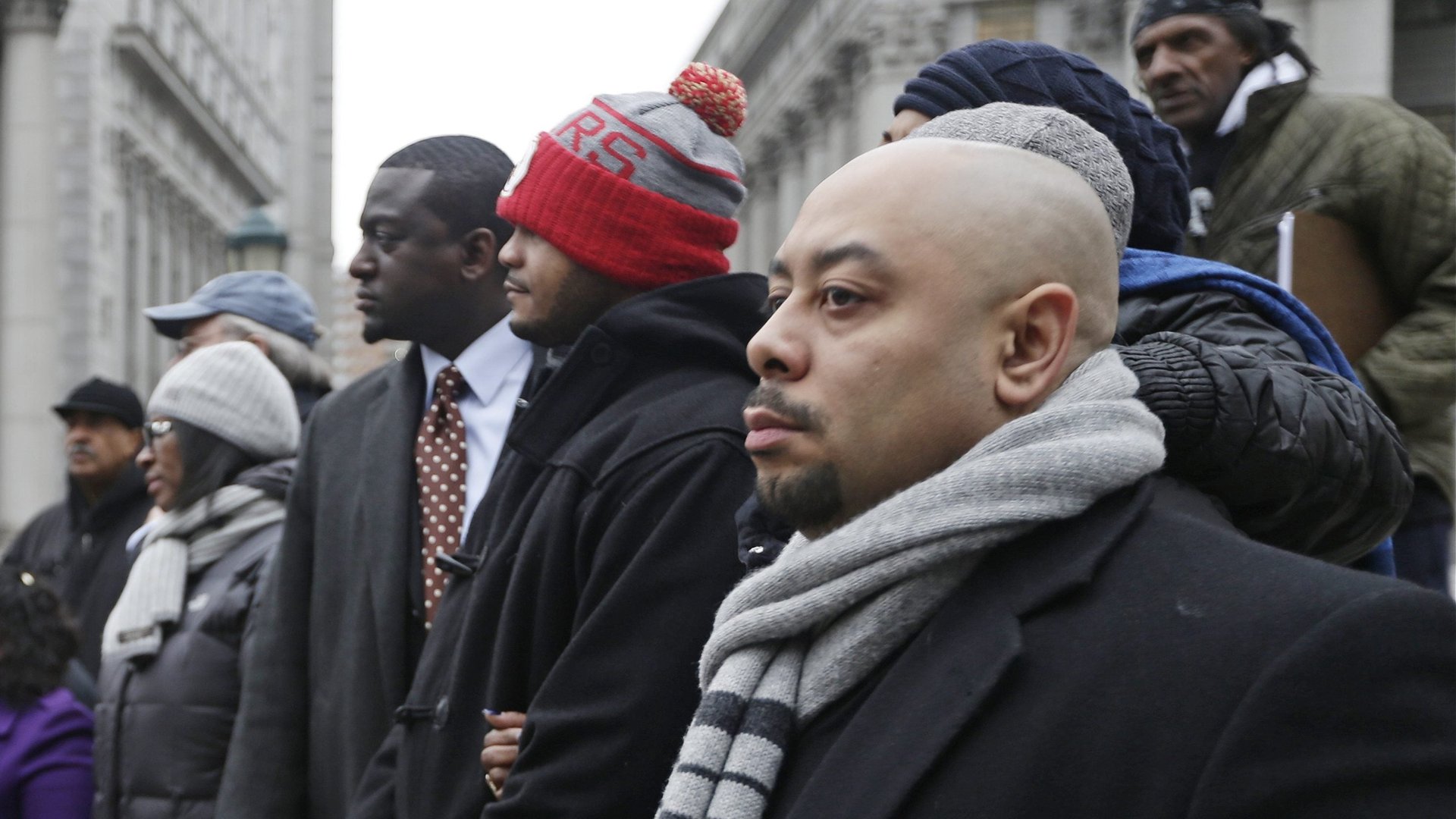This court filing shows the staggering lack of evidence in the Central Park Five case
Three decades after five New York City teens were wrongfully convicted of raping a jogger in Central Park, the four-part Netflix dramatization When They See Us is fueling a renewed conversation about the fairness of the US justice system.


Three decades after five New York City teens were wrongfully convicted of raping a jogger in Central Park, the four-part Netflix dramatization When They See Us is fueling a renewed conversation about the fairness of the US justice system.
The 1989 attack shocked even a city that was witness to historically high levels of crime. Donald Trump, then only known as a publicity-seeking real-estate and casino mogul, took out full-page ads in the New York newspapers calling for the five boys to be executed.
Raymond Santana, Kevin Richardson, Yusef Salaam, Antron McCray, and Kharey (later Korey) Wise would come to be known as the Central Park Five. Santana and Richardson were 14, McCray and Salaam were 15. They were tried as juveniles and served between six and seven years. Wise, 16 when the attack occurred, was tried as an adult and served 12 years.
When I interviewed Santana in 2014, he said the cops questioning him wore him down both physically and mentally over dozens of hours of interrogation, and then one coerced him into implicating himself for crimes he didn’t commit.
“He slides something over for me to sign,” Santana said. “Then he tells me to go see this other officer and tell him exactly what I just told him. So I do. No lawyer, no parent, no nothing.”
Facts freed the Central Park Five
In 2002, a serial rapist named Matias Reyes confessed to the crime. His DNA matched genetic samples from the jogger’s sock, sealing the case. The statute of limitations had expired by that point, so Reyes could not be charged. The convictions of the Central Park Five were vacated a few months later. In 2014, the group was awarded a $41-million settlement— $1 million for each year they were behind bars—from the city.
A spokeswoman for the New York City Law Department pointed out that this did not mean the Central Park Five had been cleared of wrongdoing, simply that they were entitled to a new trial—something the Manhattan district attorney’s office chose not to pursue because the group had already served time.
Just this week, former prosecutor Linda Fairstein, who was instrumental in building the case against the defendants, published an op-ed in the Wall Street Journal that called When They See Us “a series so full of distortions and falsehoods as to be an outright fabrication.”
As is the case for any dramatization of real-life events, legitimate criticism can be offered about how the Netflix series, a retelling written and directed by Ava DuVernay, portrays real-life events. Yet the key document issued by the Manhattan DA’s office, its motion to vacate the convictions, leaves no doubt that the case represents one of the most egregious miscarriages of justice in modern US history.
Beyond further establishing how utterly unreliable confessions from young people under arrest tend to be, here are five key takeaways and excerpts from the DA’s court filing:
No DNA evidence connected the defendants to the crime
“DNA evidence was extracted from semen deposited on the jogger’s sock, found near her at the crime scene,” assistant district attorney Nancy Ryan says in the document. “It did not match any of the defendants, or any other known sample. The same was true of DNA evidence extracted from a cervical swab; it did not match the defendants or any other known sample….Reyes’ DNA matched both.”
No physical or forensic evidence connected the defendants to the crime
“Ultimately, there proved to be no physical or forensic evidence recovered at the scene or from the person or effects of the victim which connected the defendants to the attack on the jogger, or could establish how many perpetrators participated,” the document reveals.
No evidence placed the defendants at the scene
“[I]nvestigators have been unable to find any evidence that, as of 1989, Reyes knew or associated with the defendants or any of the individuals known to have been in the park with them on the night of April 19,” it explains.
The additional evidence that implicated Reyes
“One additional piece of physical evidence may also corroborate Reyes’ account,” Ryan writes. “The victim had an oddly shaped wound on her left cheek, resembling a cross, but with curved arms. Reyes owned a ring, taken from him at the time of his arrest and retained in the District Attorney’s Office, on which the figure of Christ is raised on the flat surface of a cross. Reyes, who is left-handed, states that he used to wear the ring on his left hand.”
Why Reyes came forward
According to the motion, “Reyes states that his decision to come forward with his confession was prompted by a chance encounter with Kharey Wise in Auburn Correctional Facility, and the resultant realization that Wise was still incarcerated in connection with the attack on the Central Park jogger.”
Read the full text of the DA’s motion to vacate here: